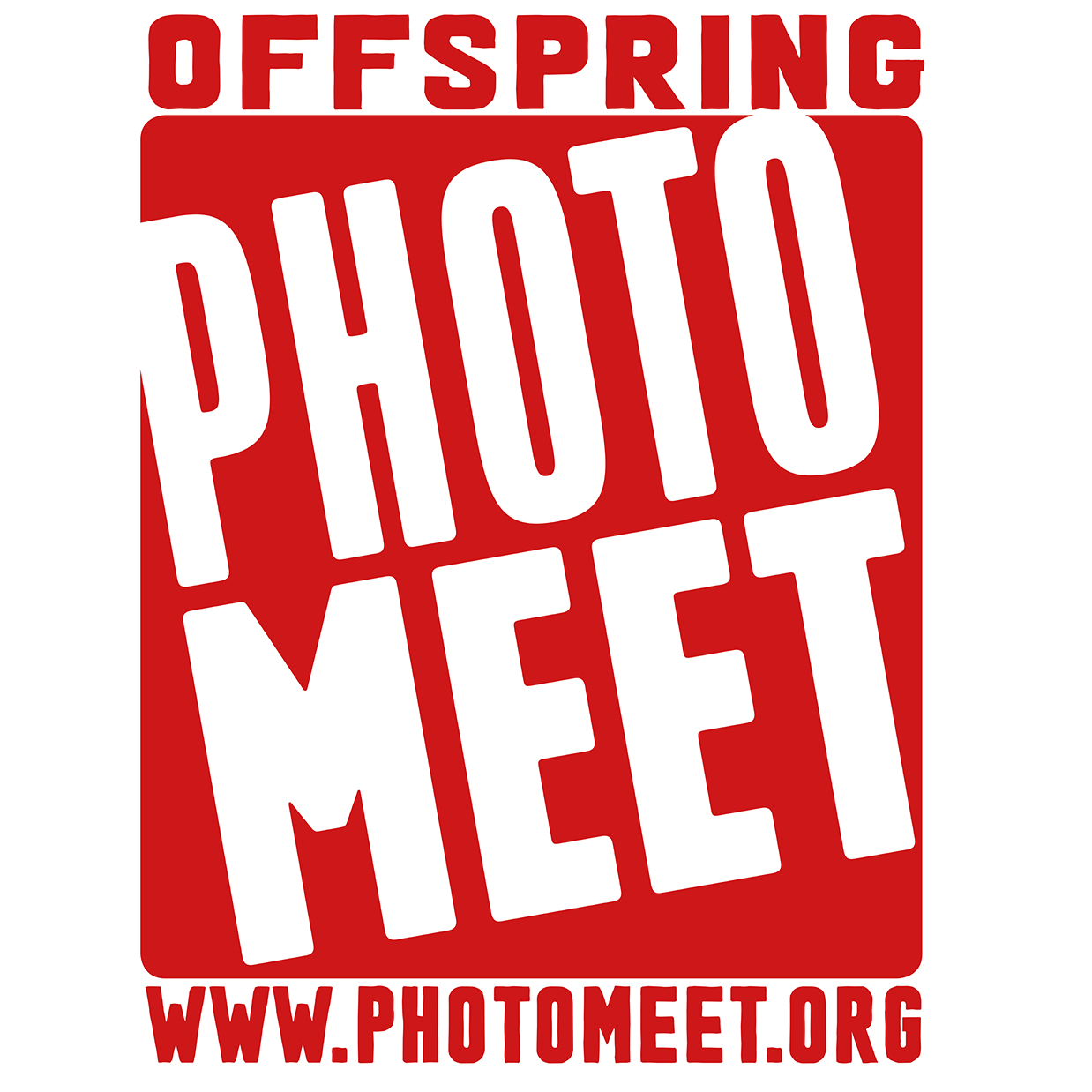How did your thinking about the way memory functions in relation to your use of photographic languages influence the conception and presentation methods?
I couldn’t seem to establish a bond with the memories of my childhood and with the pictures in my family album anymore. The images that I repeatedly looked at were no longer telling me the truth, the person next to me on my birthday party was not my biological father - I no longer knew how to feel. From the start of the project I couldn’t help but feel that photographs were pieces of material that hold so many variations of what is perceived to be the truth. When I created the Avatar of Massad, I finally had an image of my father. In the last part of the project I realised that I had effectively created my own memory of him, but it was still only an interpretation of reality.
What are your thoughts on the balance between disclosing information versus allowing for the puzzle to come together for the viewer? I’m thinking here in the sense of narrating for others while coming to terms with the complex realities of this highly-personal story.
The Y starts with a missing piece of information, it begins with a question that will be present throughout. I believe that the unanswered question keeps the viewer interested in the project, and with every closed door and ill-fitting puzzle piece, the aspect of the unknown remains and the interest strong. I believe that exposing yourself and speaking about your personal grief is a way to allow people to empathise and get closer to something, regardless of what it is.
Photography can also aid in creating a version of reality that helps others to understand and become closer to the subject. This project speaks about identity and belonging and with coming to terms with the absence of my father, accepting the reality as it is after conceptualising and ordering it. Using scientific methods helped me to work through this deeply emotional journey, every discovery and failure got me a step closer to finding my missing father. I think anyone that might follow my journey can relate to the feeling of the grief of having a parent or someone you love missing in your life.
To what extent do you consider photography to be an adequate medium and framing device for such a project (wherein the subject’s identity ultimately eludes visualisation)?
I used the medium of photography in a way that allowed me to treat the research of my father without rhetorical feelings. I needed to collect evidence, facts and scientific reports. I needed to organise and keep the right emotional distance in order to deal with the pain of not knowing who my father was.
I thought of using the scientific approach adopted by Lombroso while I was studying the features of my maternal line, allowing me to potentially create part of the answer by giving me a visual representation of what he might look like.
What I wanted more than anything was to have photograph of my biological father, I was not able to find his identity so I recreated his image with the Avatar to have my own peace of mind. The Avatar is an imaginary image, and that is the closest I get to reality. During my research I did think a lot about the role photography played in manipulating reality to tell a story…








